12 months ago
Clapham Common might be a peaceful escape today, but during World War II, it played a crucial role in London’s defences and community spirit.
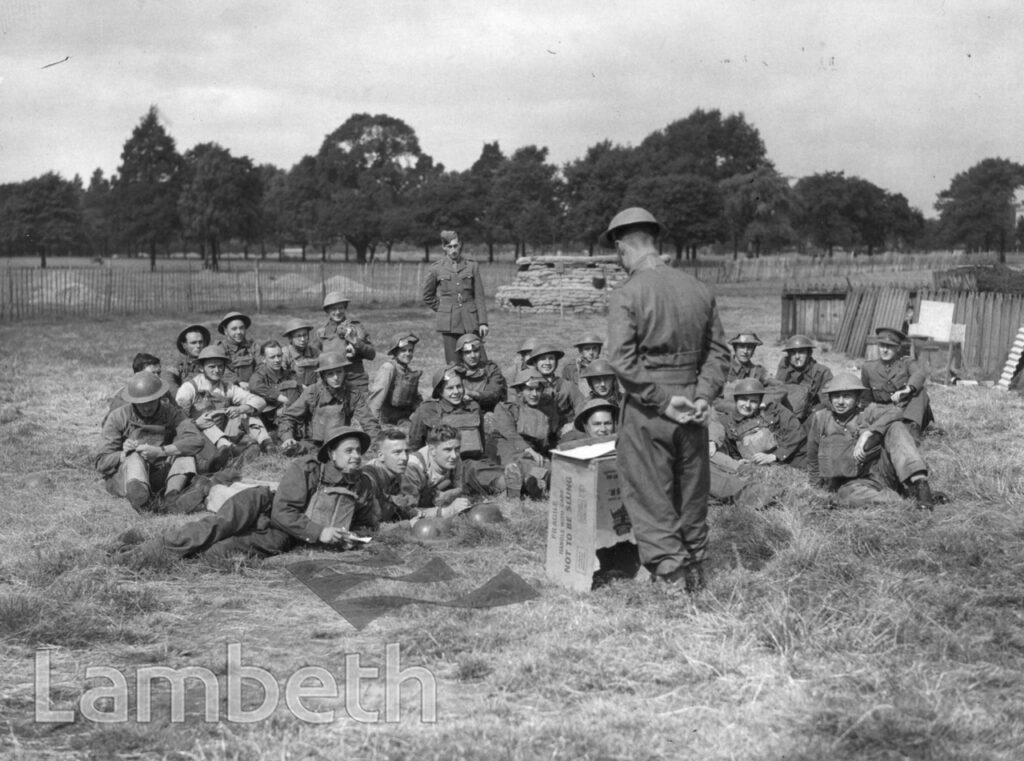
From anti-aircraft artillery to allotments, here are some remarkable wartime facts about Clapham Common:
During the war, Clapham Common was transformed into a defensive stronghold. It housed heavy anti-aircraft artillery, including 4.5in and 3.7in AA guns, along with cutting-edge GL Mk II fire-control radar to detect enemy planes. Gun crews lived on-site in Nissen huts, surrounded by ammunition bunkers, searchlights, and sound locators to protect the city from air raids.
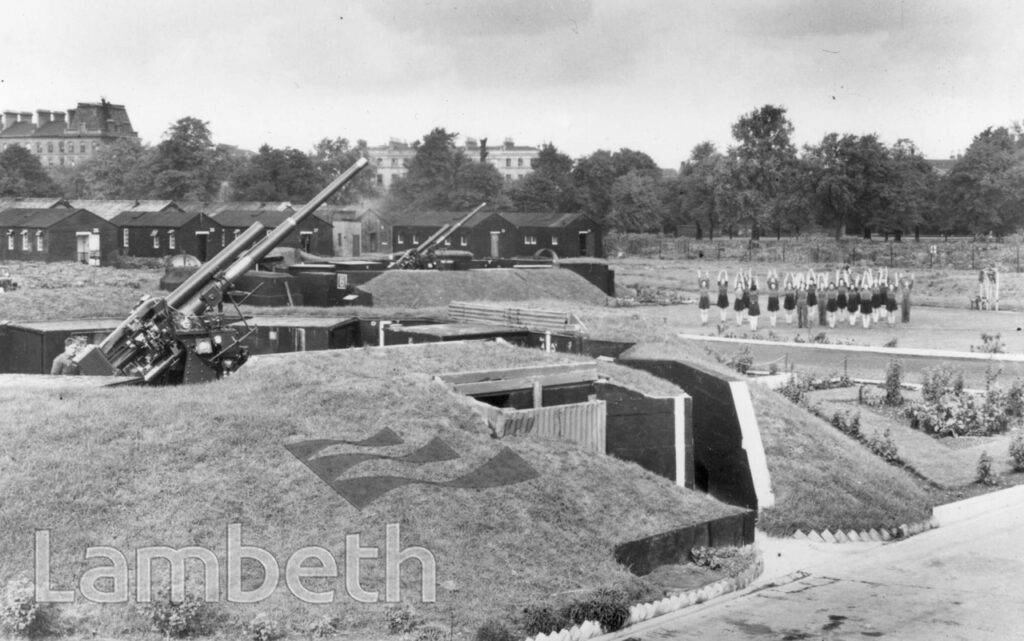
In June 1939, Clapham Common hosted a dramatic public demonstration of its wartime capabilities. Thousands of spectators gathered to watch fighter planes from the No. 601 County of London squadron simulate bombing raids, while anti-aircraft units fired in response. The Auxiliary Fire Service (AFS) tackled mock incendiaries, and the British Red Cross performed rescue exercises. An AFS band added to the event’s atmosphere, while locals could visit an information marquee to learn air raid precautions or sign up for voluntary services.
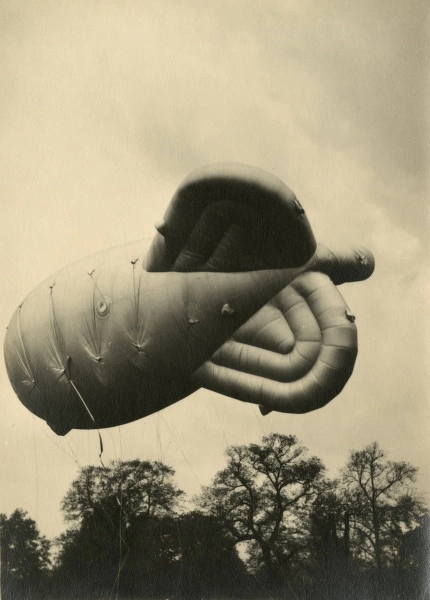
Giant barrage balloons, operated by the RAF’s Balloon Command, floated above Clapham Common. These imposing silver balloons weren’t designed to destroy enemy aircraft but to force them to fly higher, making them easier targets for British defences. The Common’s strategic importance was even acknowledged in German propaganda broadcasts by Lord Haw-Haw.
With food rationing in full swing, Clapham Common became a vital resource for the Government’s ‘Dig for Victory’ campaign. Flower beds were converted into vegetable plots, and sections of the Common were allocated for allotments, which could be rented for just 5 shillings a year. These efforts helped supplement the nation’s food supplies and brought the community together.
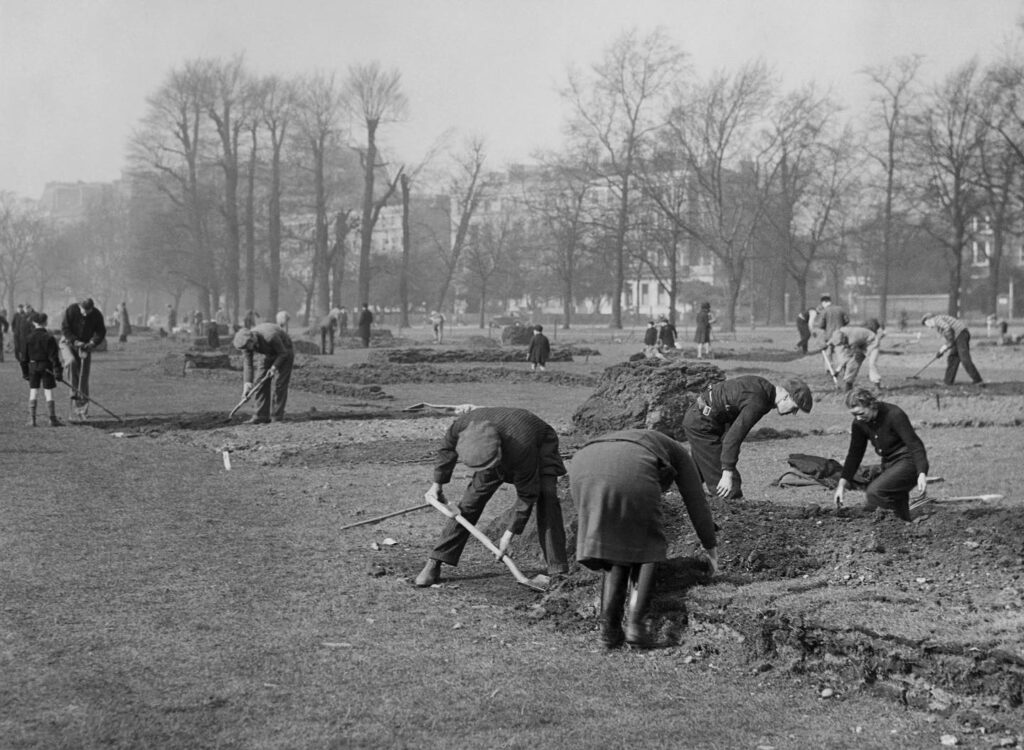
To ensure workers could get a hot meal despite rationing, the first British Restaurant in Wandsworth was set up at Bradmede School on Thessaly Road. Staffed by teachers, it served hearty meals for just 11d (around 4p today). Diners enjoyed dishes like roast lamb, baked beans, roast potatoes, plum pudding, custard, and tea—a welcome relief during challenging times.
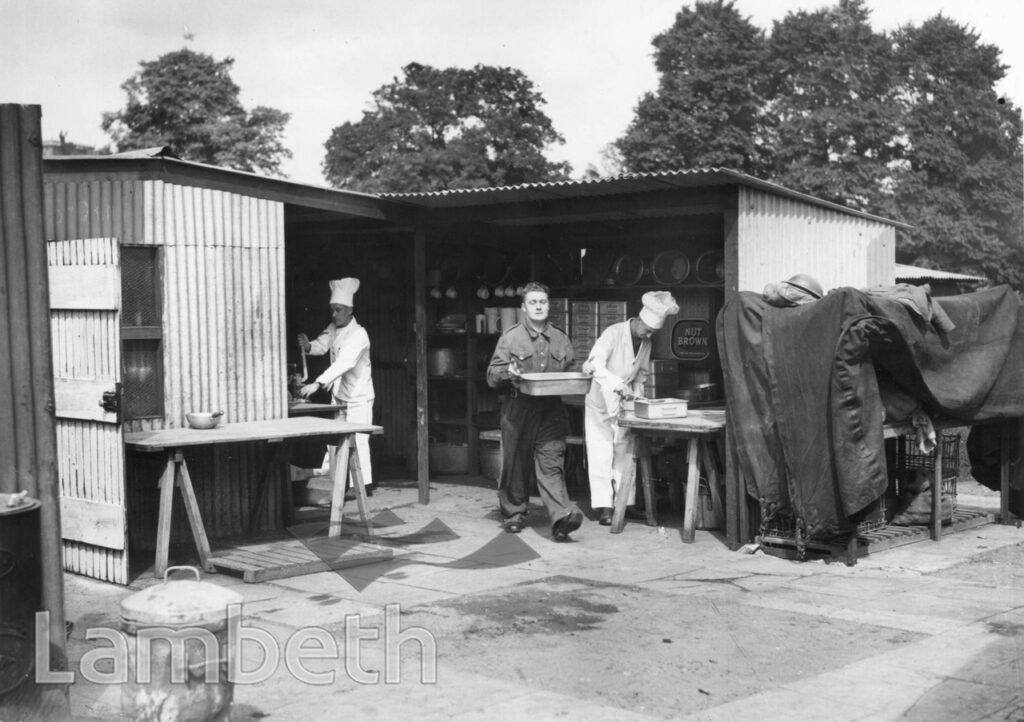
Clapham Common wasn’t just a defence hub; it became a symbol of resilience and unity. From anti-aircraft operations to community allotments, its role during WWII highlights its importance in keeping Londoners safe and supported. Today, these wartime stories remain a fascinating chapter in the Common’s rich history.
Clapham Common’s transformation during WWII shows that even in the darkest times, this green space served as a beacon of strength and community spirit.